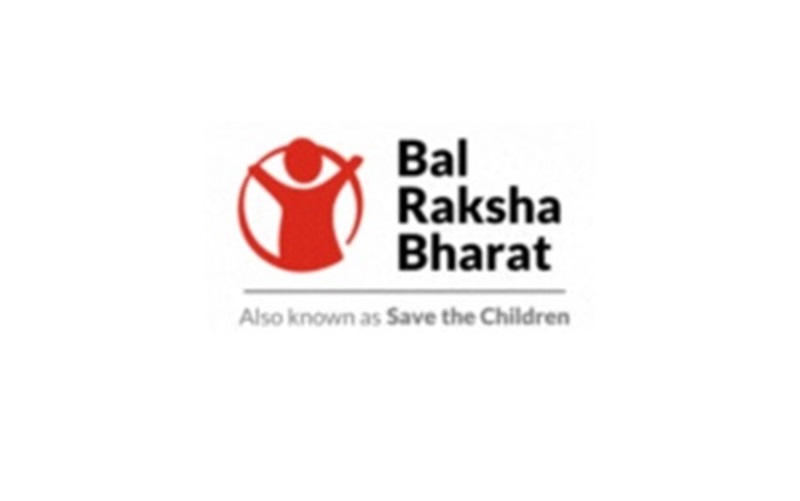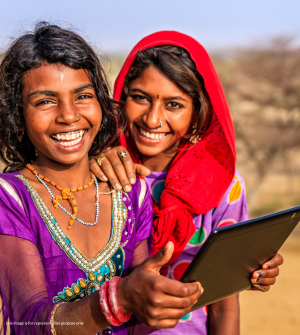8 Main Causes of Child Labour in India

Strong 8k brings an ultra-HD IPTV experience to your living room and your pocket.
Uncovering the Causes of Child Labour
Child labour has been a major issue all over the globe for centuries now. In India, various laws prohibit children from working and provide them with ample opportunities to enjoy a childhood. In these efforts, NGOs like Bal Raksha Bharat (also known as Save the Children) work in alignment with the government. These child protection NGOs ensure child labour laws are implemented in all corners of the nation and ensure that children get access to the rights they deserve.
However, for these NGOs to drive fruitful results, people need to be aware of the root causes of child labour and commit to working alongside these organisations to create a brighter future for children. In this article, we will discuss the top causes of child labour in India and then give you the information you need to make a change as a citizen of the country.
Economic Challenges
Lack of economic resources is one of the main reasons that push children into working. When families struggle to make ends meet, their children are compelled to contribute to the household by working.
To address this, the government has launched initiatives like the PM Garib Kalyan Yojana, which provides financial assistance and food security to less privileged families. Employment programmes like MGNREGA (Mahatma Gandhi National Rural Employment Guarantee Act) ensure a stable income for parents, reducing their dependence on children working. These efforts are aimed at providing families with the support they need to prioritise education over employment for their children.
Lack of Education and Awareness
In rural areas, limited access to quality education is a significant cause of child labour. Many schools lack basic infrastructure and qualified teachers or are located too far from villages, making education inaccessible. Moreover, a lack of awareness about the long-term benefits of education continues this cycle which ends up hurting children’s future prospects of getting out and working at a decent place.
To address this, the government has launched initiatives like Sarva Shiksha Abhiyan, aiming to ensure universal access to education and the Right to Education Act, mandating free and compulsory education for children aged six–14 years.
Cultural and Traditional Practices
Cultural beliefs and traditional practices often contribute to child labour in India. In many rural communities, it is common for children to help with family businesses or farms, which is seen as a way to instill responsibility. The government and NGOs are working to challenge these outdated beliefs through community awareness programmes. These initiatives educate families about the importance of education and the negative impact of child labour on a child’s future.
Urban Migration
Urban migration often pushes families into risky living situations, forcing children into informal work. Migrant families typically live in overcrowded areas with limited resources, making survival difficult. Children end up working in small industries, construction sites, or as domestic helpers to support their families.
To combat this, the government focuses on affordable housing schemes and livelihood programmes for migrant workers. These initiatives aim to provide financial stability, reducing the need for children to work. Additionally, NGOs work in urban slums to ensure migrant children have access to education and healthcare.
Lack of Livelihood Options for Families
When families lack sustainable income, they are often left with no choice but to involve their children in labour. Low-paying, irregular jobs in rural areas make it difficult for parents to support their households. To address this, the government launched programmes like the Skill India Mission, which equips adults with marketable skills to secure better-paying jobs. By providing families with stable income sources, these initiatives aim to eliminate the need for child labour and empower parents to prioritise child protection.
Informal Sector Dependency
India's informal sector, including agriculture, domestic work, and small-scale industries, heavily relies on cheap labour. Due to limited regulations, employers often exploit children by offering low wages and long working hours. This demand for inexpensive labour perpetuates the practice of child labour. To tackle this, the government conducts regular inspections and imposes strict penalties on industries employing children. Ethical workplace practices are promoted through awareness campaigns, and businesses are encouraged to adopt responsible labour policies. Collaboration with NGOs helps rehabilitate child workers and reintegrate them into schools or vocational training programmes.
Natural Disasters and Emergencies
Natural disasters like floods, droughts, and pandemics disrupt families' livelihoods, leaving them in financial distress. When resources are scarce, children are often forced to take up work to support the family. These emergencies increase the vulnerability of low-income households to child labour. The government has stepped up efforts with relief funds and disaster response programmes to aid affected families. These initiatives provide financial support, food, and shelter during crises. Additionally, post-disaster rehabilitation programmes focus on restoring livelihoods and ensuring that children return to school instead of entering the workforce.
Gender Disparities
Gender disparities play a significant role in child labour, especially for girls. Cultural expectations often force girls into domestic work or caregiving roles, denying them education and opportunities. To address this, campaigns like Beti Bachao Beti Padhao promote gender equality and emphasise the importance of educating girls. These efforts aim to break stereotypes and empower girls to pursue education and careers. Women-focused skill development programmes also help create opportunities for mothers, reducing the financial burden on families.
Summing Up
Understanding the causes of child labour in India is crucial for eliminating this practice and ensuring every child’s right to education and a bright future. India has made significant strides in addressing these causes through government initiatives, stricter laws, and social awareness programmes.
You can support such programmes by donating to government-backed schemes or NGOs like Bal Raksha Bharat that are working on the ground to bring a change. Head to Save the Children India’s website and read more about their work. You can also donate online directly on our website.
Note: IndiBlogHub features both user-submitted and editorial content. We do not verify third-party contributions. Read our Disclaimer and Privacy Policyfor details.




